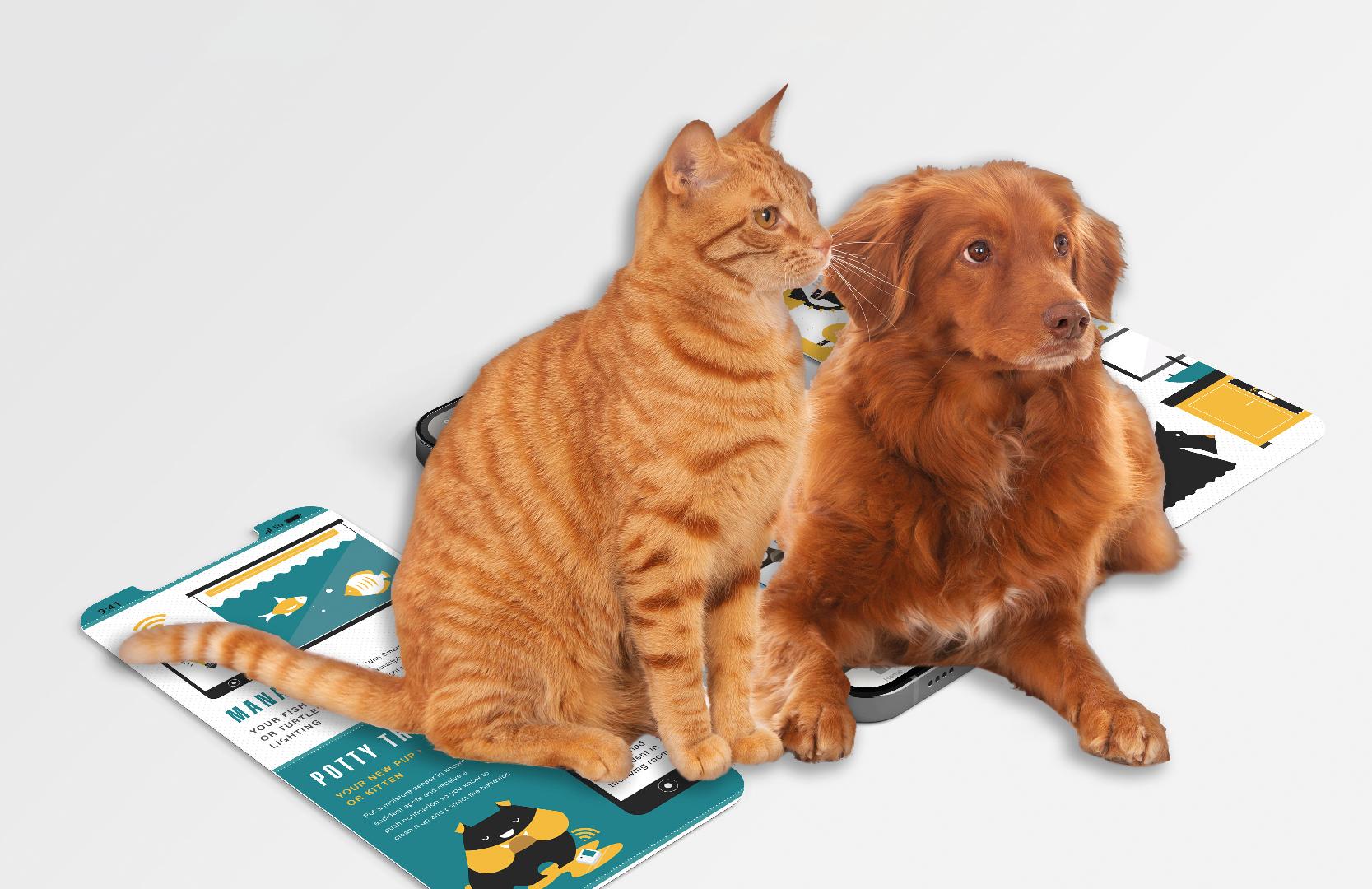But I want to believe that this is not the case.
When a customer contacts your company to express dissatisfaction with your product, they should certainly experience some conflicting emotions ...
On the one hand, he feels that he has problems: his product has not fulfilled the expectations of the Client and dissatisfied Clients mean losses of future sales ... On the other hand, you are lucky. Most customers don't complain. Complaint ratio can vary from 1:30 to 1: 300 - This means that for every customer who complains, up to 300 unhappy customers don't - they just change the product and the supplier... And they speak badly of the product.
When a customer complains, he is giving them a golden opportunity!
You can now respond to the disappointed Customer, apologize, make it up to him if necessary, and make him feel better about the unpleasant experience he has had with your product.
In addition, he is receiving a valuable return that can and should be placed as part of your company's corrective action plan. The checklist below should be noted in your complaint handling policy. If you answer "NO" to any of the questions below, you should review your policy on handling Customer complaints.
Encourage complaints
There are companies that do not encourage complaints. While complaints can be unpleasant, there are three good reasons to encourage Customers to complain:
1-) If a food match does not meet your quality standards and you go to the field, the first sign of disaster will come from your Customers. If your Customers are concerned for any reason, it is extremely important that they are encouraged to complain. A quick response to a complaint can even trigger a recall, but on the other hand it can save your business from total catastrophe.
A message like this on the packaging goes a long way: 'We do our best to provide your pet with the highest quality product. However, if you are not satisfied in any way, please call toll free ... or email ... "
Remember two things daily:
• A poor quality batch (or "batch") of 3000 kg after packaging in 1 kg packs can mean 3000 serious problems in the field ...
• To kill an ox it is necessary to hit it on the head and bleed it out. To kill dozens of small pets you only need to receive a batch of ingredients contaminated with certain mycotoxins in fatal concentrations and put it in their packaging ...... - disaster is more than certain.
2-) If it makes it difficult for the Customer to file a complaint, not only will you be unhappy, but you will not notice it!
The least they can do is spread the word about their bad experience with your product to their friends. They can also contact the Consumer Protection System, consumer Customer groups, the press or other authorities.
3-) You need this information submitted by a complaint. Remember: by encouraging this action by Customers, you are not looking to increase the number of dissatisfied Customers, but only the percentage of those who express dissatisfaction with your product.
Once I was surprised and disgusted to hear from a PET manufacturer: "This phone number is useless ... It only increases the number of complaints".
Handling customer complaints
Simply putting a nice message, 0800 phone number, and email address on the package is of little use if you don't have a service structure.
If you do not have an adequate service structure to serve the Client, it would be better if you did not put a phone or message on the package.
It is preferable that they are not happy because it is difficult to contact you, rather than being extremely irritated due to terrible service!
The information that the Client wants to transmit can sometimes arrive incomplete, a true 'square ball'. It is the responsibility of the assistant to 'round up' this information so that it is useful for the Company, and at the same time to convey to the Client that their message has been heard.
The following key principles should guide your customer service system
• Establish human contact as quickly as possible! If the person is calling on the phone, answer courteously and without delay. If it is not possible to respond immediately, give the caller the option to leave a message and contact them immediately. If the contact was by email, immediately initiate a phone call.
• Make sure your customer service team is properly trained and motivated. The attitude of an assistant should make it clear to the Client that her complaint will be well represented before the Company. This attitude of goodwill and caring eliminates much of the feeling of anger and confrontation common in the complaint. If the assistant establishes a defensive behavior of the company "face to face", the feeling of confrontation will increase.
• Don't take responsibility automatically. Acknowledge the legitimacy of the complaint, show empathy and respect the fact that the Customer had a negative experience, but it is not necessary to admit the possible fault. Assure the Client that the event they complain about will be immediately referred to the Quality Assurance Sector. Provide Customer with a protocol number, ensuring that they will contact you about that complaint.
• Make sure NO ONE other than the designated and trained Customer Service Team will handle Customer complaints. Passing the call to the Production Manager can be extremely disastrous!
• If a receptionist or secretary receives a call from a Customer, make sure that person is instructed to pick up the Customer's phone number before putting the call through to Customer Service, or ask them to call another number. Letting the customer "float" in the void between two calls can be extremely annoying!
Urgent veterinary complaints
Any claim in which the Customer is concerned that their Pet has become ill from consuming their product, or any claim related to any palatability problem, should be handled differently from other claims. Any company veterinarian or nutritionist should immediately contact the Client to determine the exact nature of the claim.
If the pet has been examined by a client's veterinarian, it is very helpful for the company veterinarian to discuss the case with the client's veterinarian. The product that is the subject of the complaint will be sent immediately to the company's laboratory. Samples of that food combination must be located and analyzed.
The company vet can sometimes determine if a palatability complaint is real; It may have happened that there was a sudden change of product to which the animal was accustomed or that it had a health problem not related to food. The company representative can also advise the owner on the feeding habits of the animal.
Complaint follow-up
The minimum that can be expected of an employee who receives complaints from Clients is that they have available and follow a protocol FORMALIZING the complaint, which must be numbered, sent to those responsible for the progress of the necessary actions, and monitored upon return. to the Client. ...
Isolated complaints like: "Such a merchant complains that the cookie shape is too small" or "too big" or "REX is softening the poop" are absolutely useless. Especially when these complaints come from the sales force itself, from retailers or resellers, the ball has to be "round", not square.
The Quality Assurance Sector and the company's management cannot take corrective actions without having the necessary information at hand.
Client compensation policy
The way to eventually compensate a Client cannot be solely in the head of the Sales Manager. There must be a well-defined policy for this type of action.
Complaint evaluation
The General Manager of the factory should include in his weekly meeting with his employees the habit of following up on pending complaints ..... and for obvious reasons. Employee participation and commitment must be methodically induced throughout the team.
Use your ERP resources
Most (if not all) management software on the market has a SAC module, and within it a database-based complaint management system ...
If your company's ERP has this feature, use it. But at least (and not less), a form should be used to formalize the complaint internally according to the example suggested below:
Source: All Pet Food
You could be interested: Interzoo 2024: History in the making
About author
José Fernando RaizerSince April 2002 - Director of Raizer Consultoria, Projetos e Formaçãos ltda. Member of the Technical Committee of the Brazilian College of Animal Nutrition. Speaker at the Brazilian College of Animal Nutrition - CBNA Author of periodical technical articles for the magazines PET FOOD BRASIL (Editor Stilo), INDUSTRIAL POULTRY AND INDUSTRIAL SWINECULTURE (Editor Gessuli), and ALL EXTRUDED MAGAZINE, Argentina. From March 1994 to September 2001: Production and Engineering Director at Agribrands PURINA BRASIL (7 Factories). From October 1986 to February 1994 Regional Director (Business Units) in the Midwest and Rio de Janeiro regions (Purina plants in Ribeirão Preto, Inhumas and Volta Redonda) - Brazil Education: Chemistry (ETECAP), Administration with specialization in Systems Analysis (PUCC), Specialization in Process Engineering for the production of animal nutrition at Checkerboard Square Plaza – Ralston Purina – Saint louis, USA
Publisher Contents
Market Information




 5.0
5.0
15/04/2024

























































